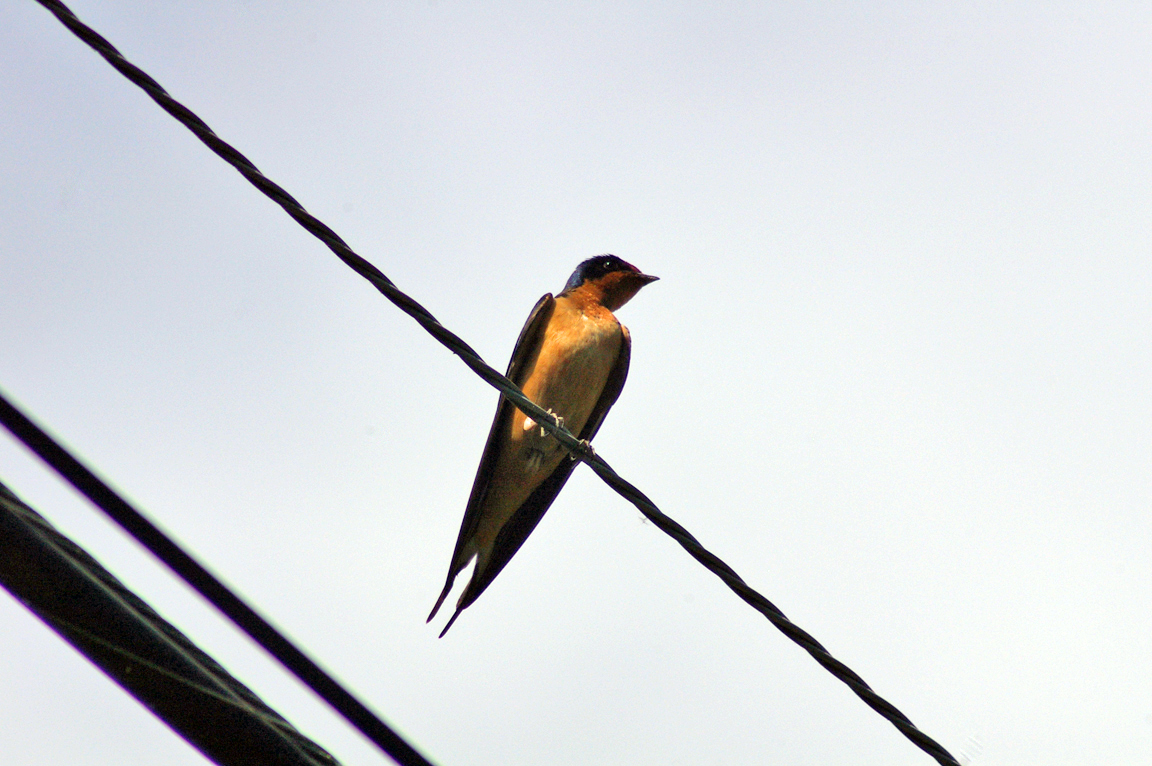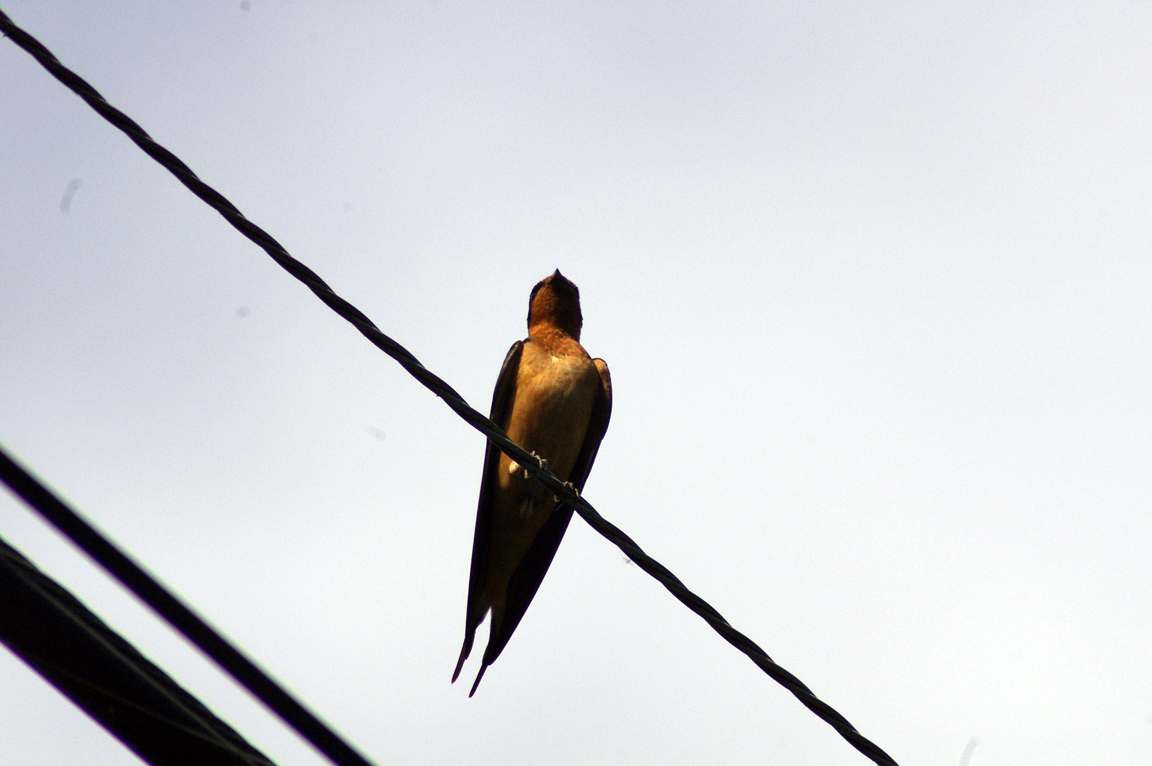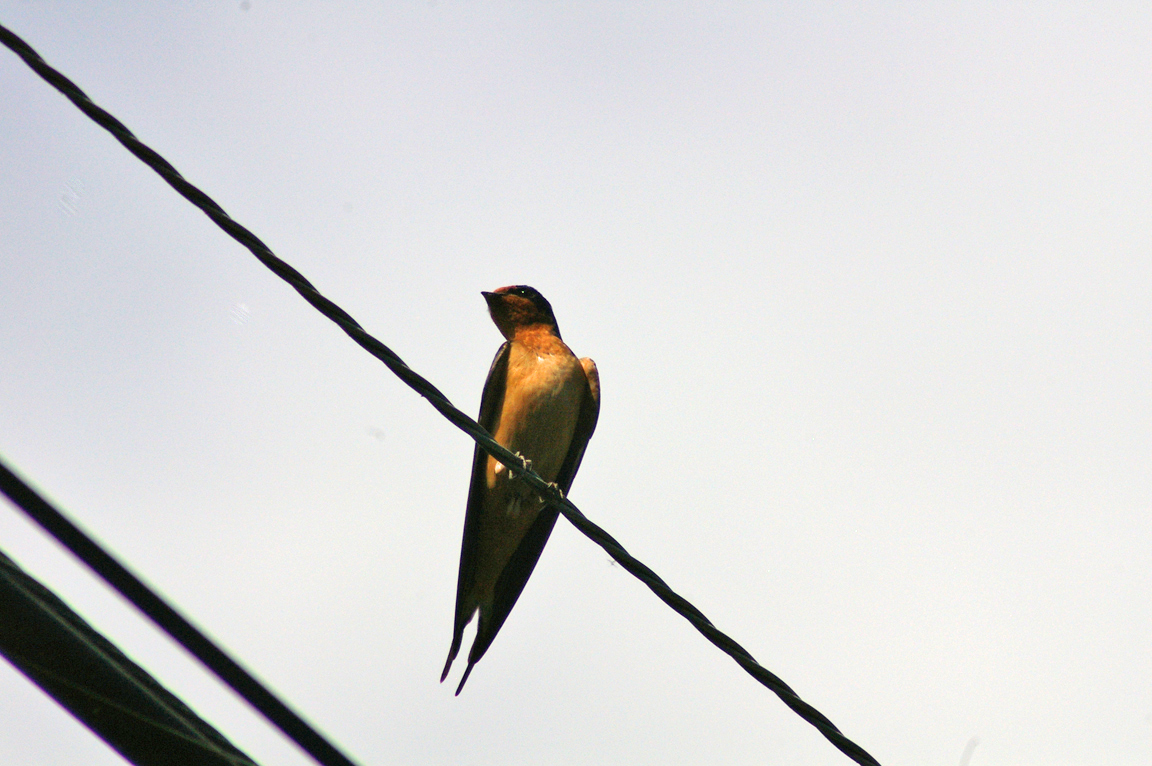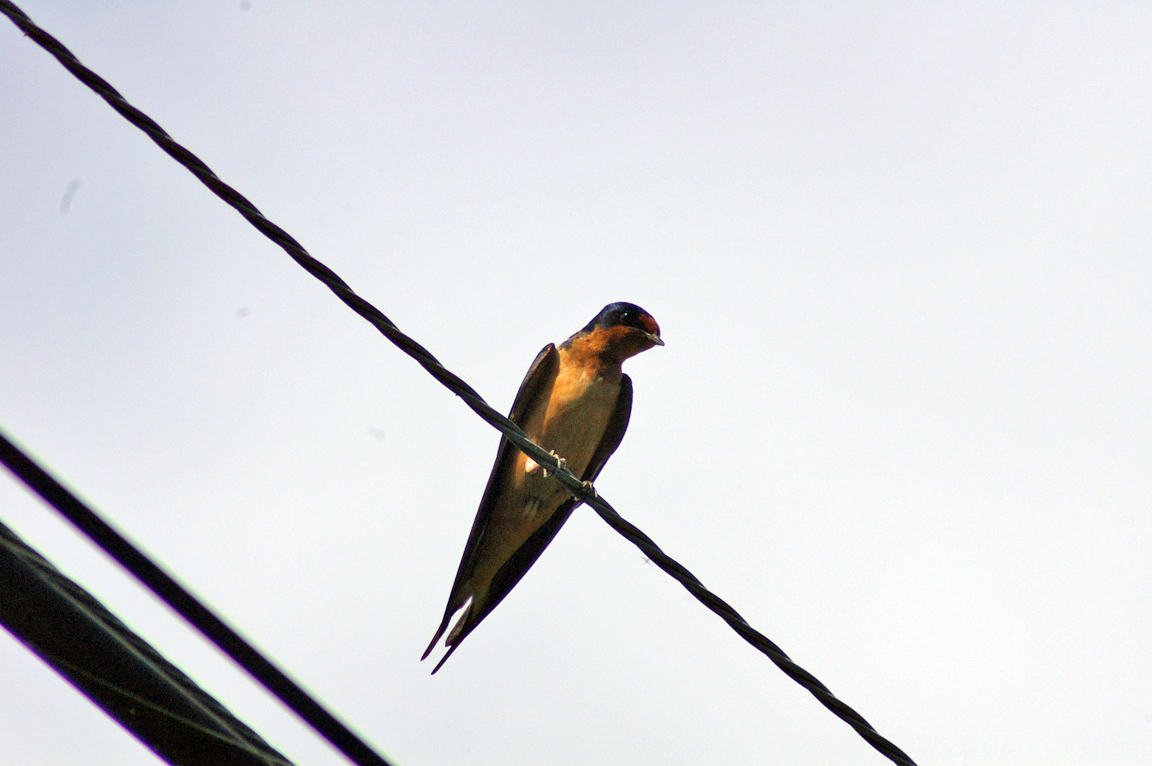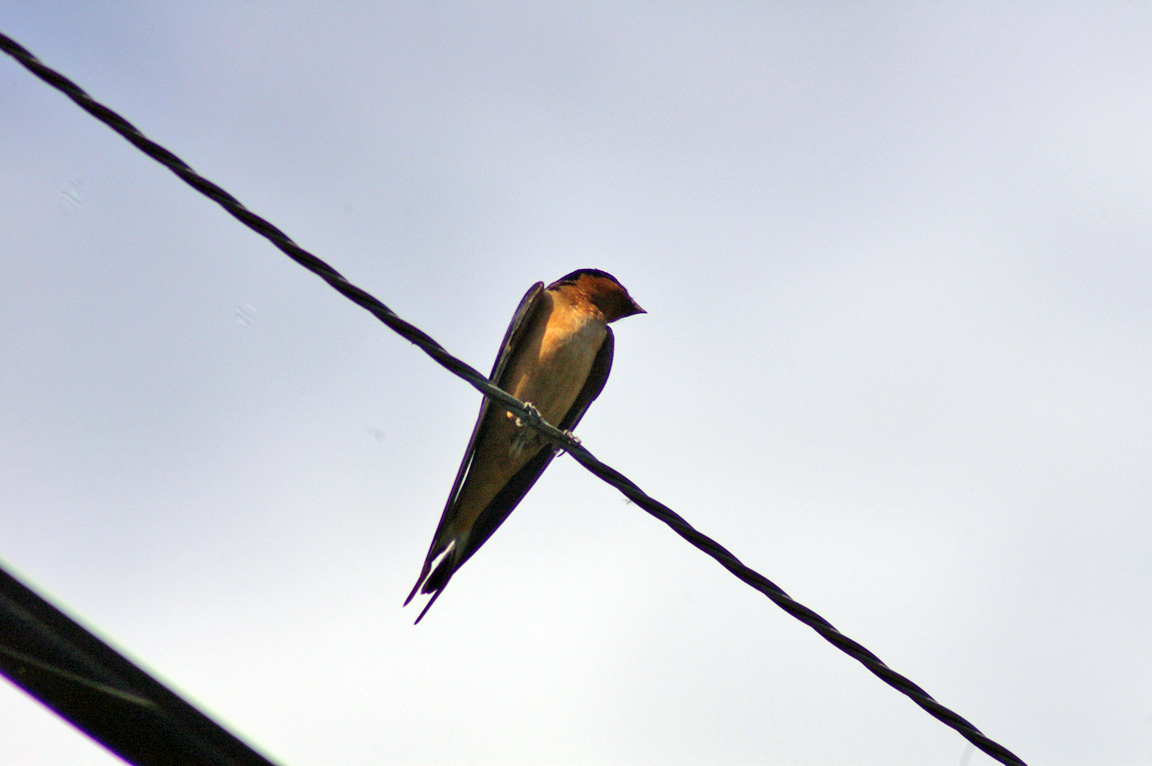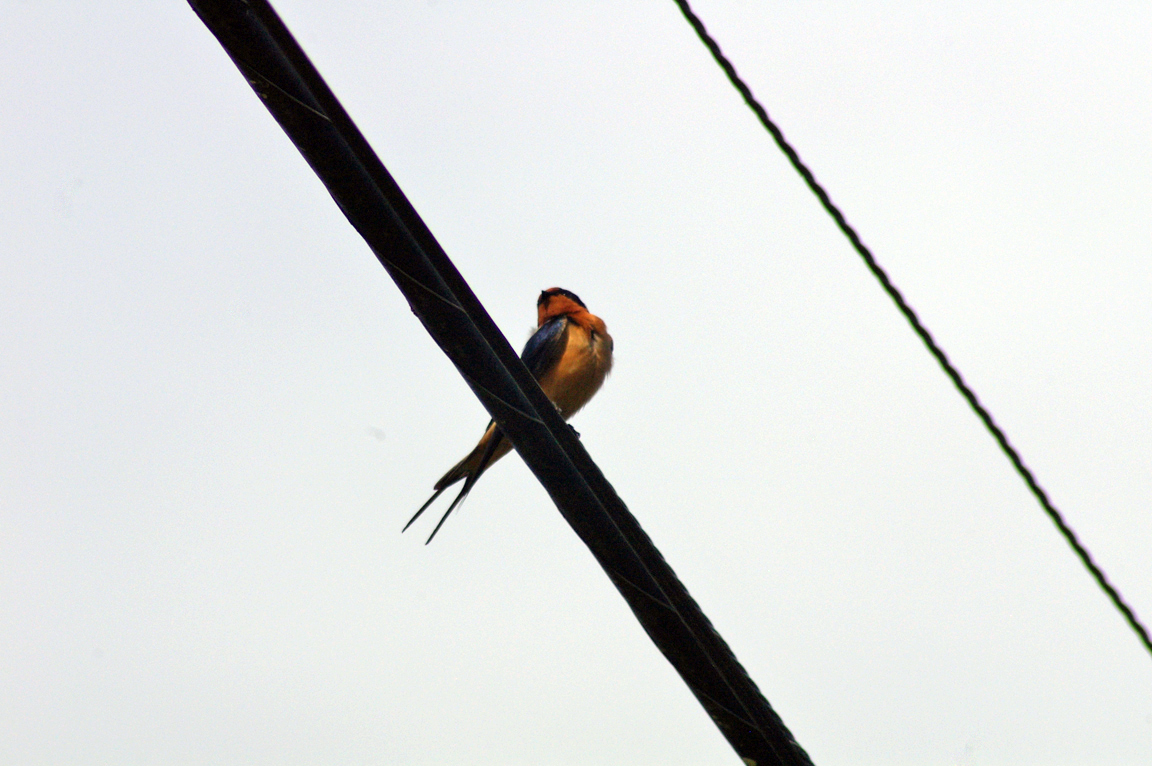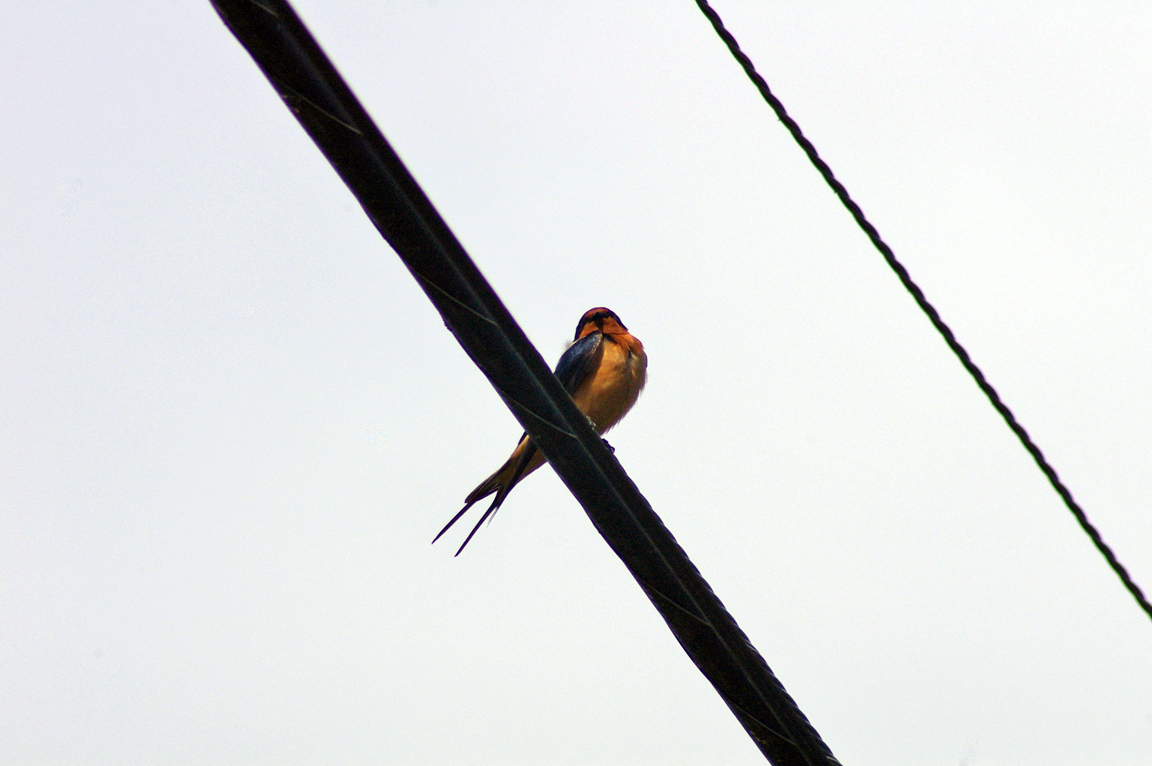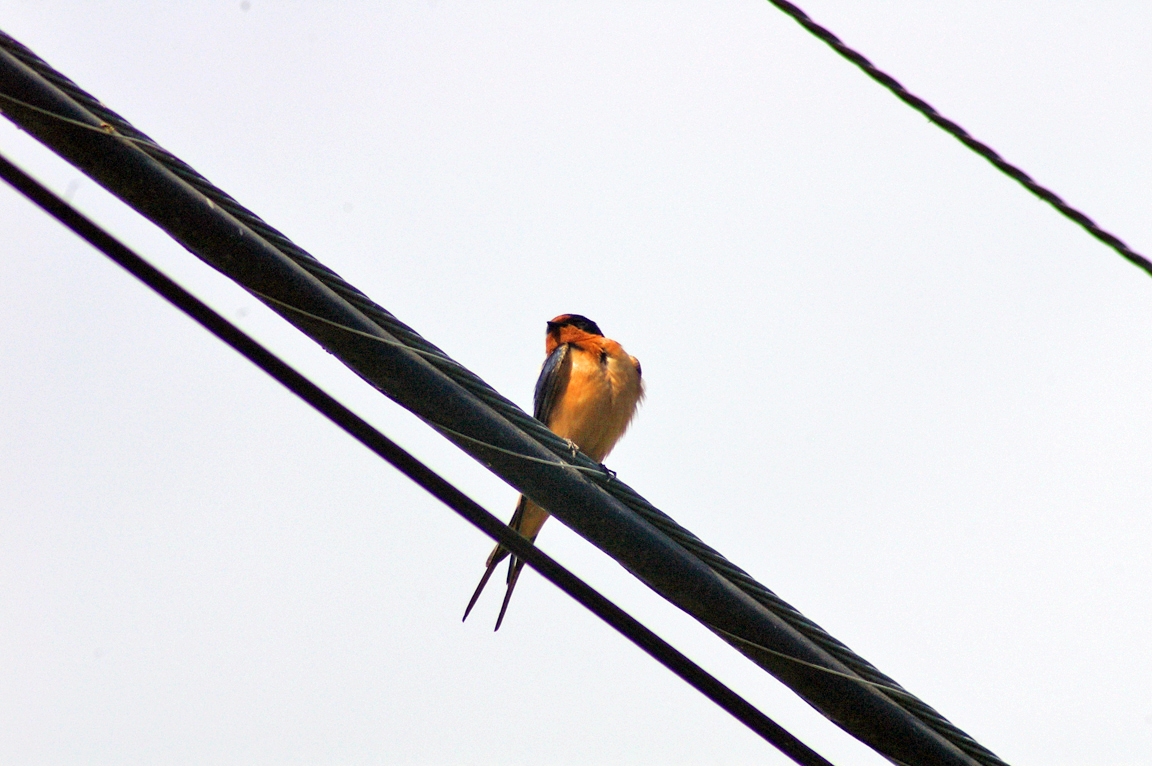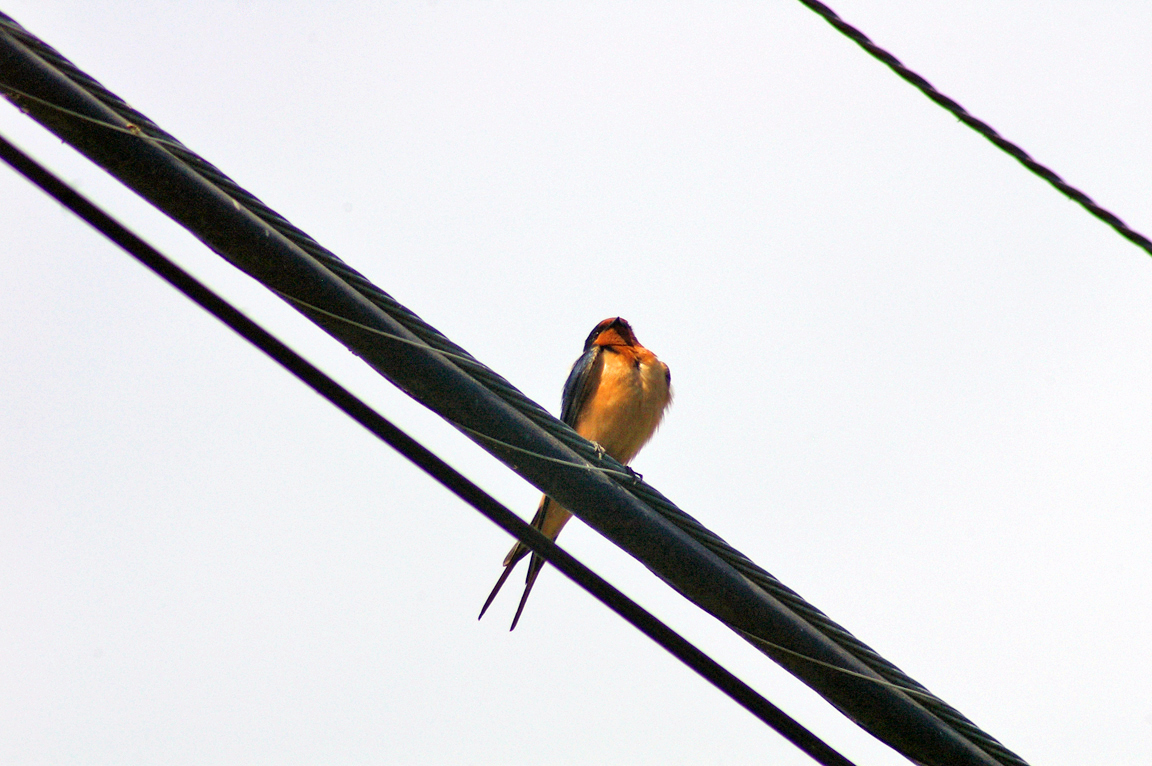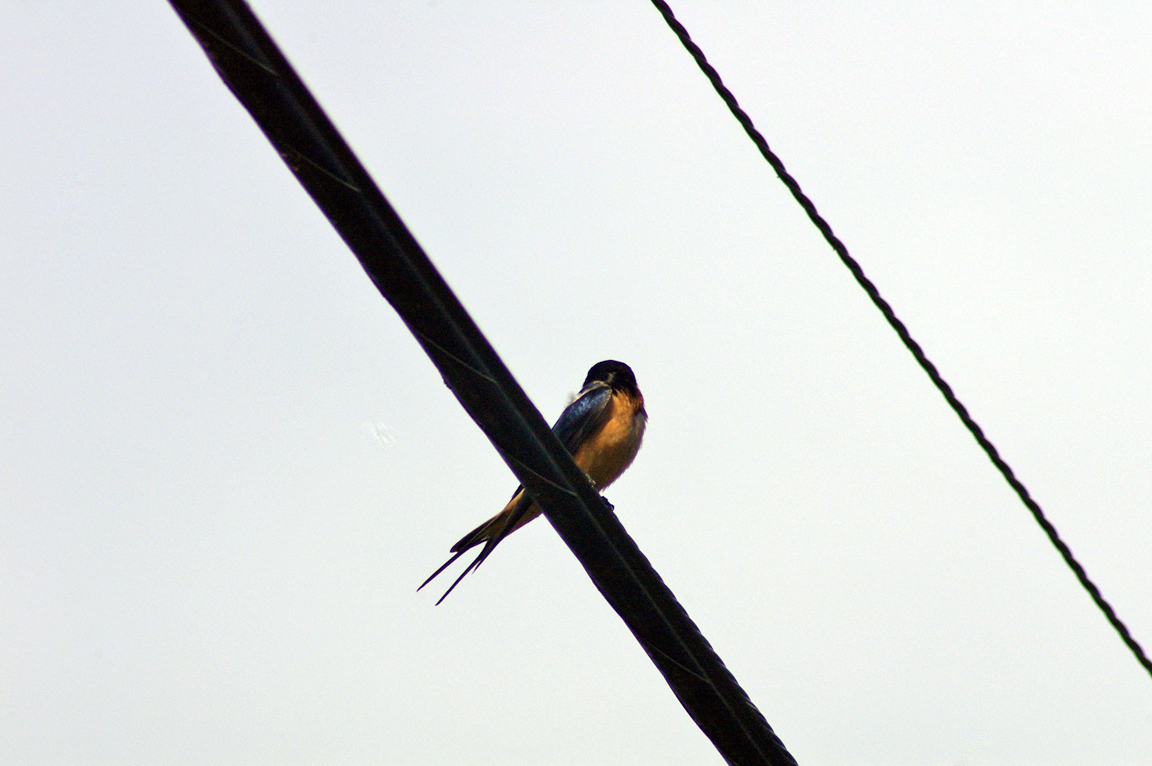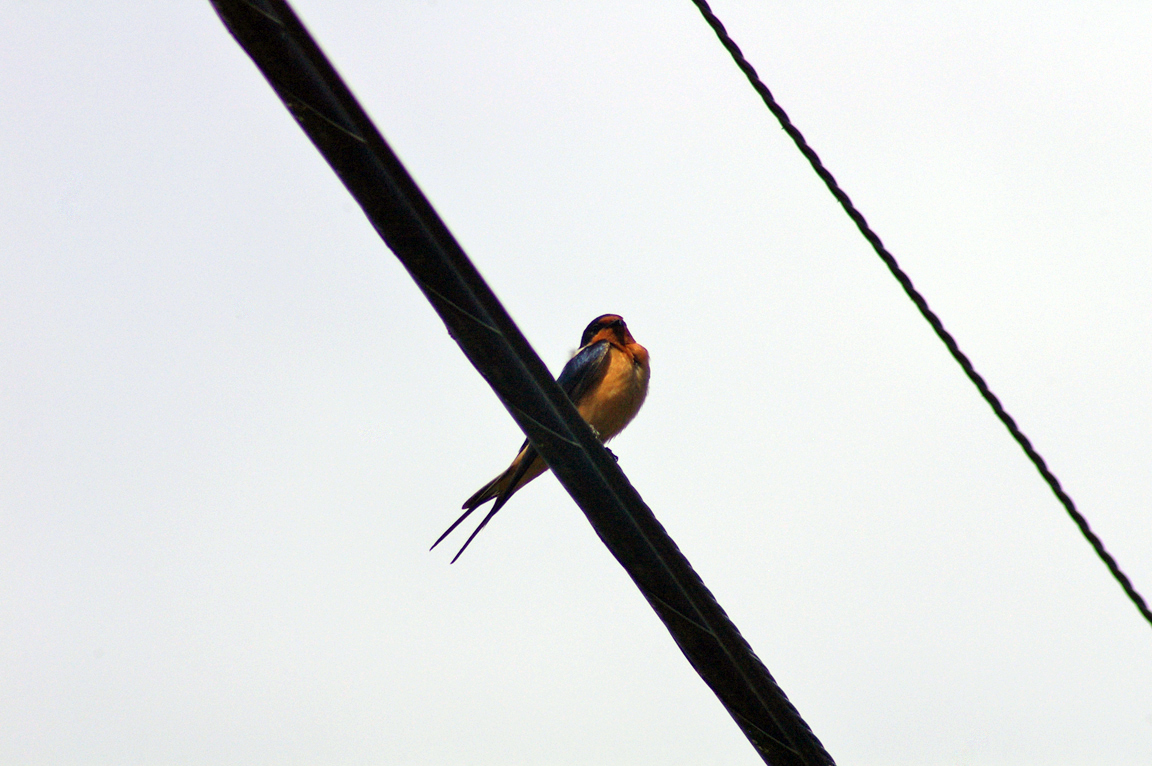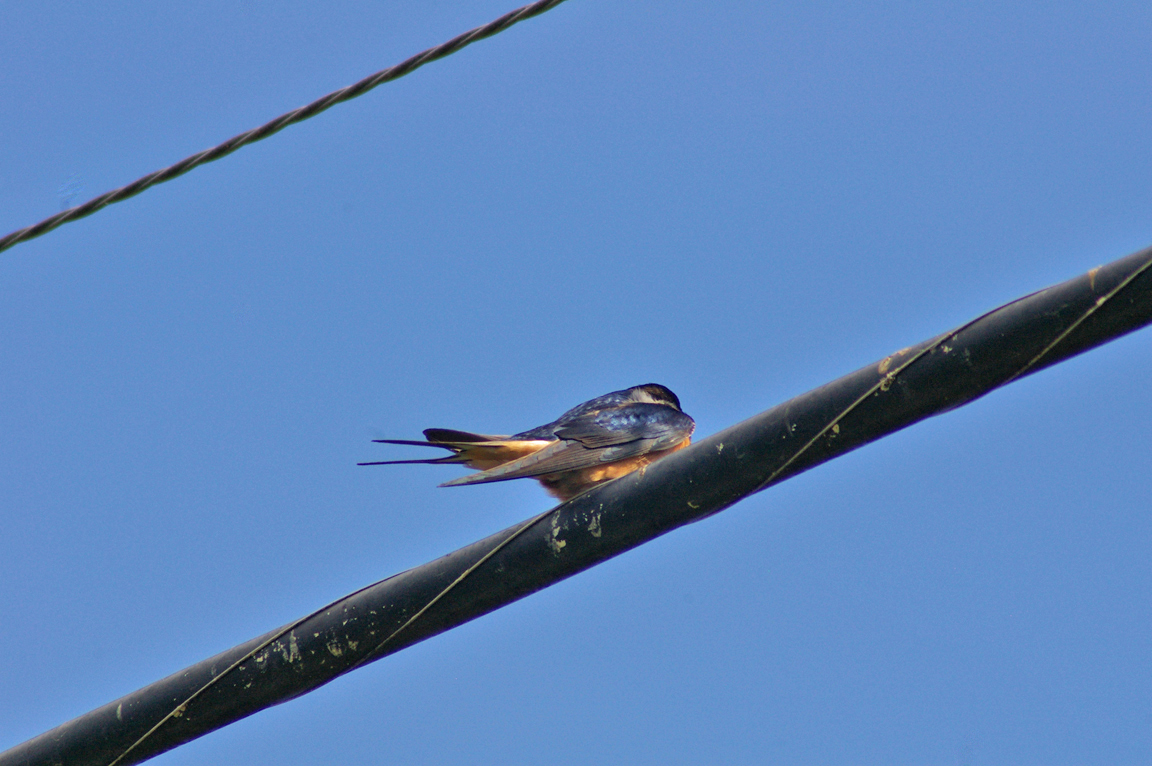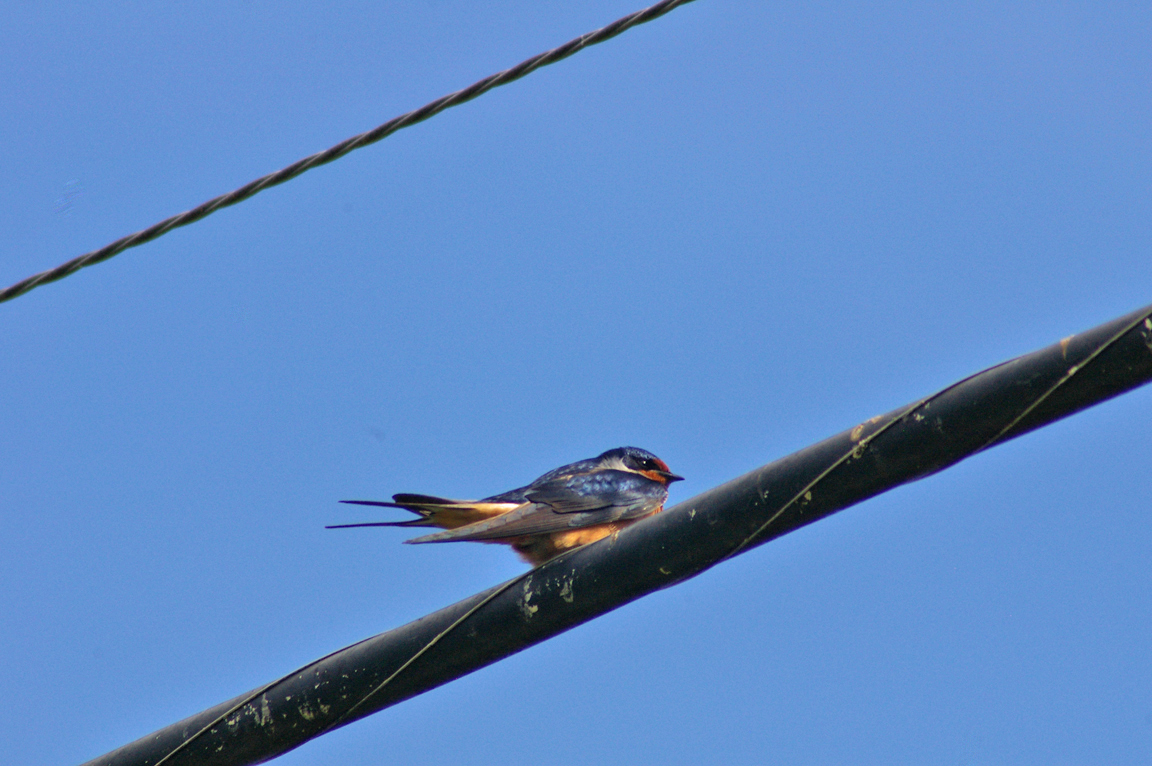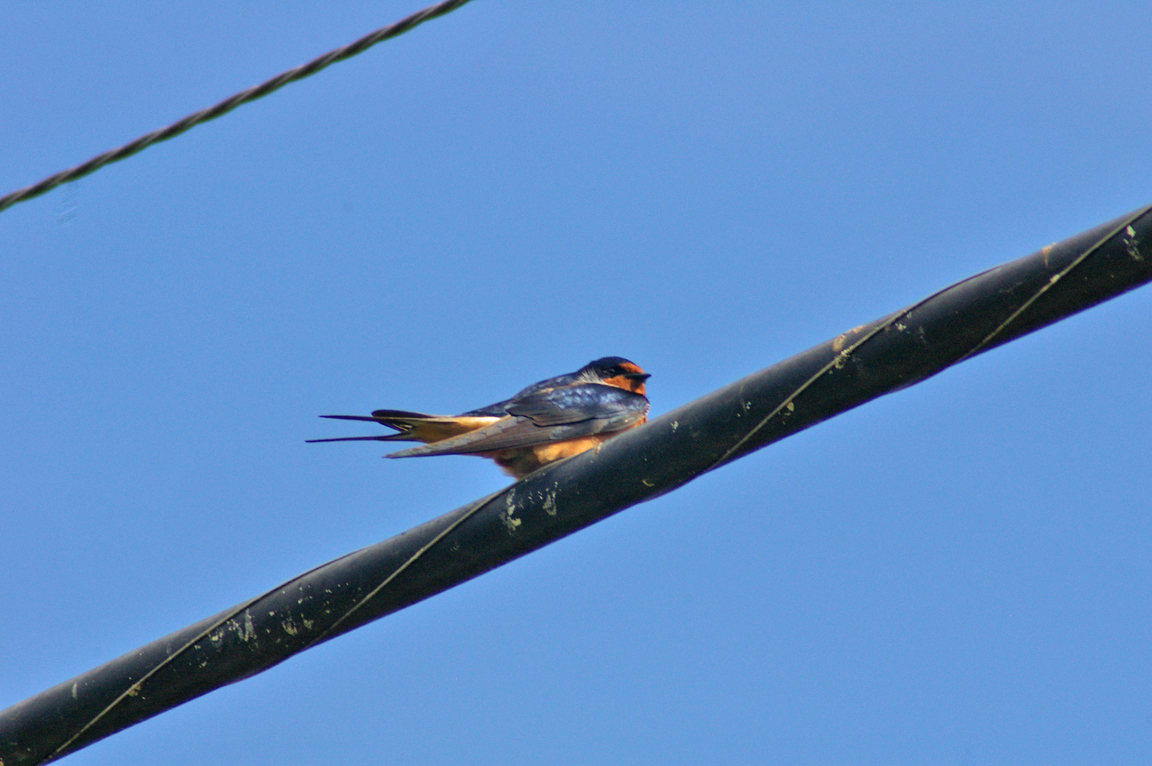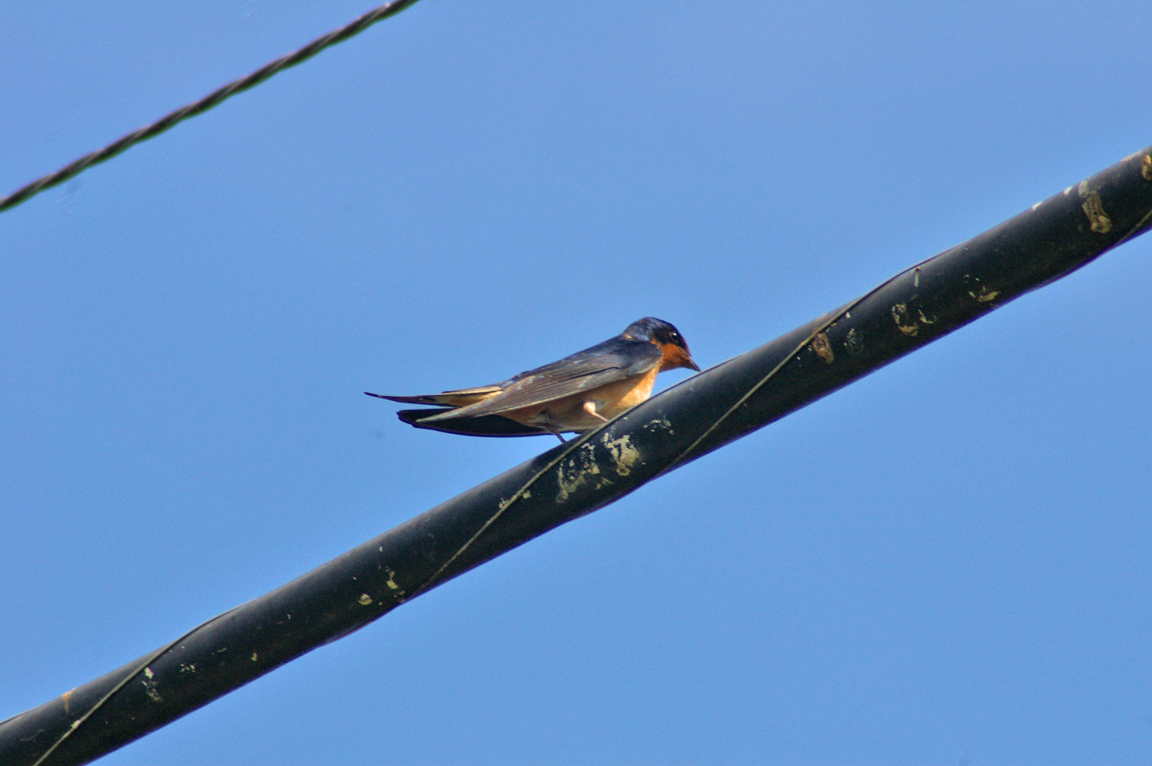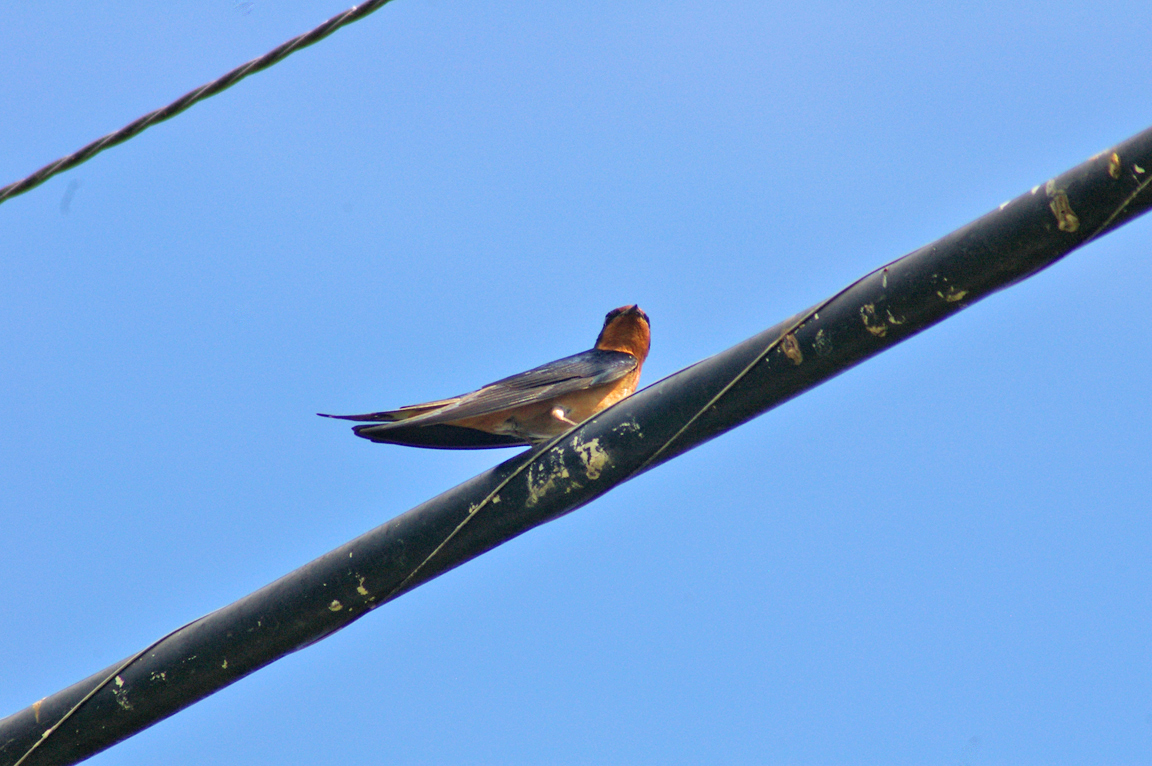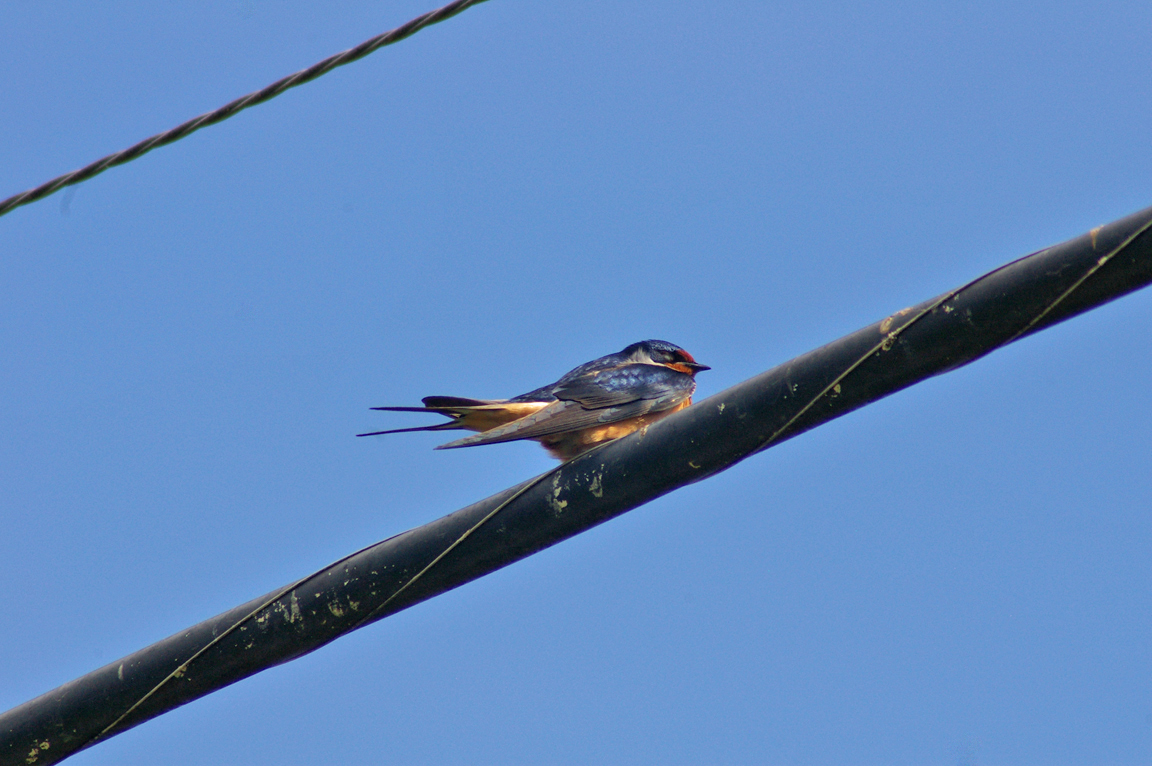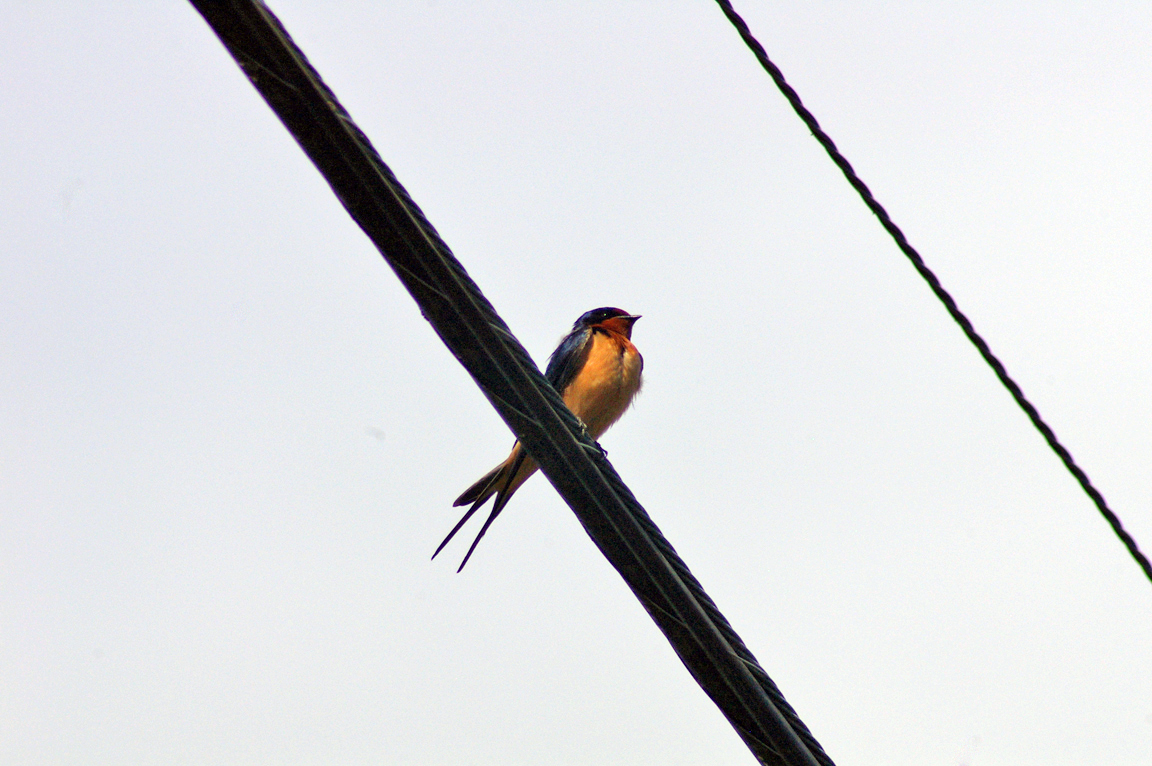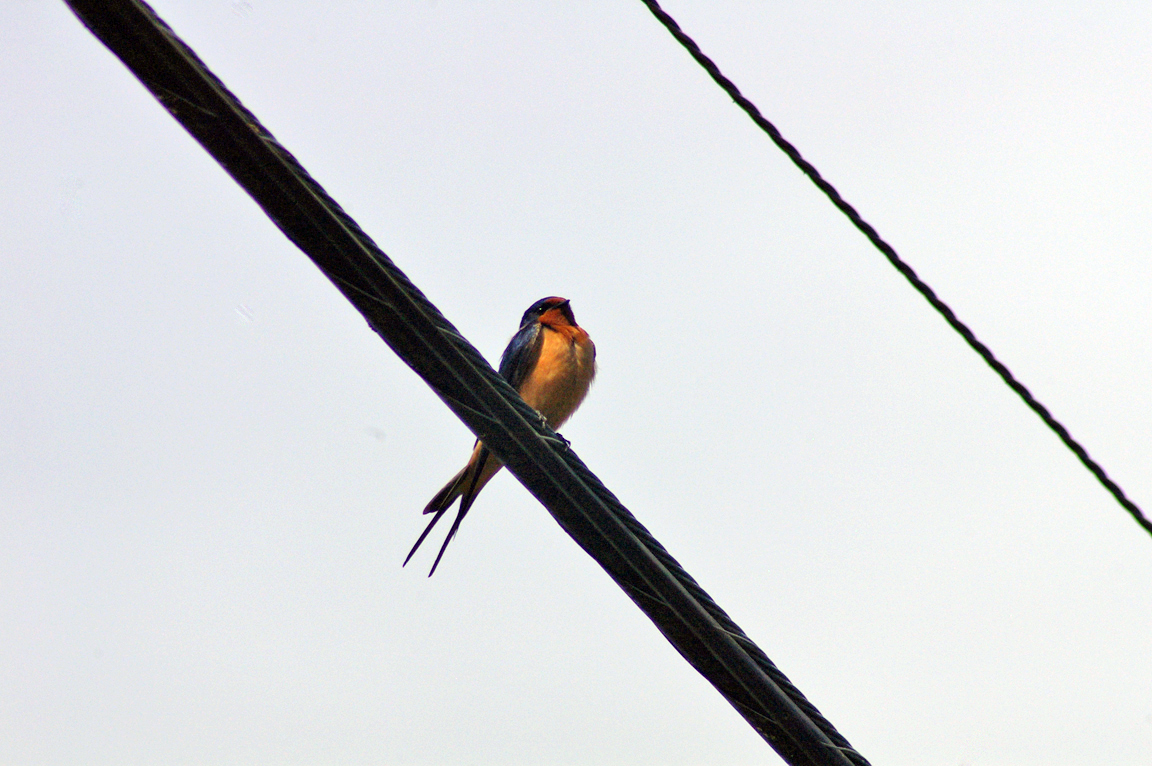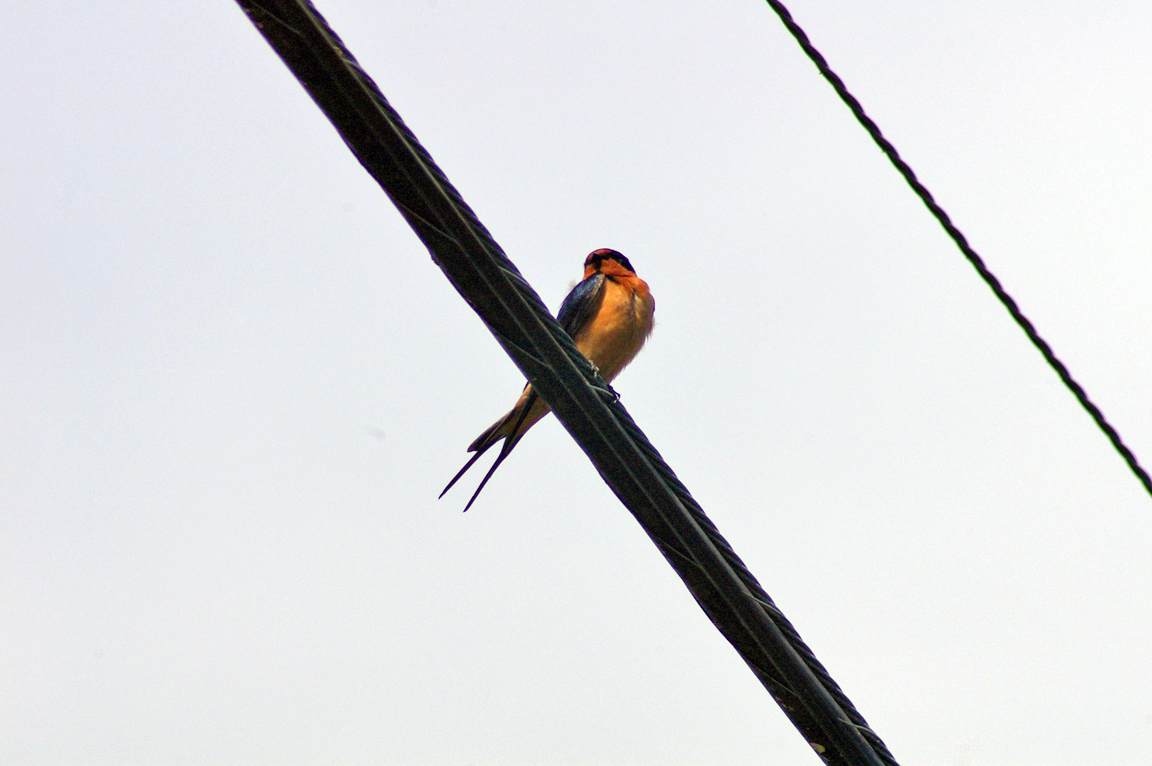|
|
|
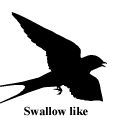 |
Cliff Swallow
|
| Petrochelidon pyrrhonota | |
The gregarious Cliff Swallow nests in large colonies on buildings, cliffs, and under bridges. The gourd-shaped mud nests can number up to several hundred or thousand in a single location.
Interesting Information
-
When a Cliff Swallow has had a hard time finding food, it will watch its neighbors in the nesting colony and follow one to food when it leaves. Although sharing of information about food at the colony seems unintentional, when a swallow finds food away from the colony during poor weather conditions it may give a specific call that alerts other Cliff Swallows that food is available. By alerting other swallows to a large insect swarm an individual may ensure that the swarm is tracked and that it can follow the swarm effectively.
-
Although the Cliff Swallow can nest solitarily, it usually nests in colonies. Colonies tend to be small in the East, but further west they can number up to 3,700 nests in one spot.
-
Within a Cliff Swallow colony some swallows lay eggs in another swallow's nest. Sometimes the swallow may lay eggs in its own nest and then carry one of its eggs in its bill and put it in another female's nest.
-
When young Cliff Swallows leave their nests they congregate in large groups called creches. A pair of swallows can find its own young in the creche primarily by voice. Cliff Swallows have one of the most variable juvenal plumages, and the distinctive facial markings may help the parents recognize their chicks by sight too.
Description
Adult Description
-
Length Range: 14 cm (5.5 in)
-
Weight: 23 g (0.8 oz)
-
Wingspan Range: 30 cm (12 in)
Small, long-winged stocky songbird.
Small bill.
Wings long and pointed.
Throat dark.
Tail square.
Rump pale.
Sex Differences
Sexes Similar
Immature
Juvenile looks similar to adult, but has brown, not blue-black, on the crown and back, and variable dark or pale throat and forehead.
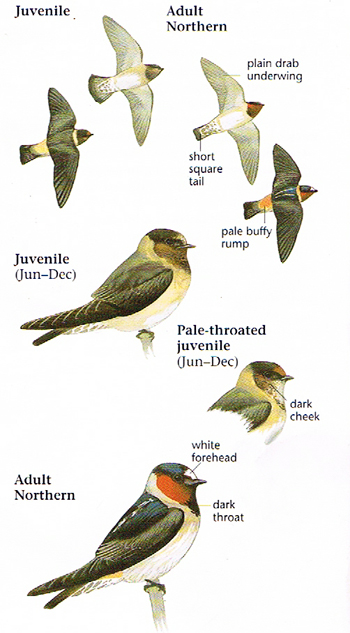
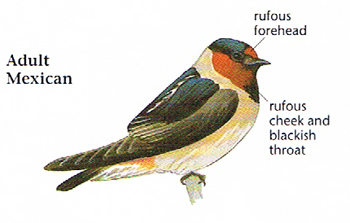
Photo taken from: The Sibley Field Guide by David Allen Sibley
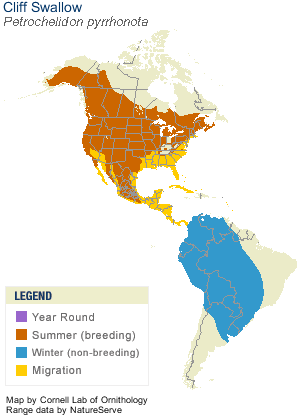
© 2003 Cornell Lab of Ornithology
|
Habitat |
|
Breeds in a variety of habitats with open foraging areas and cliffs or buildings for nesting. Avoids heavy forest, desert, or high mountains. |
|
Behavior |
|
Flying insects. |
|
Food |
|
Catches insects in flight, often high above ground. |
Taxonomy
| Kingdom: | Animalia |
| Phylum: | Chordata |
| Subphylum: | Vertebrata |
| Class: | Aves |
| Order: | Passeriformes |
| Family: | Hirundinidae |
| Genus: | Petrochelidon |
| Species: | Petrochelidon pyrrhonota |
| Subspecies: | Petrochelidon pyrrhonota hypopolia |
| Petrochelidon pyrrhonota minima | |
| Petrochelidon pyrrhonota pyrrhonota | |
| Petrochelidon pyrrhonota tachina |
Similar Species |
|
|
Bird Sound |
|
Song a thin squeaking twitter. Call a soft "chur." |
|
Eggs look like this |
|
Photo taken from: ARCTOS Collaborative Collection Management Solution |
